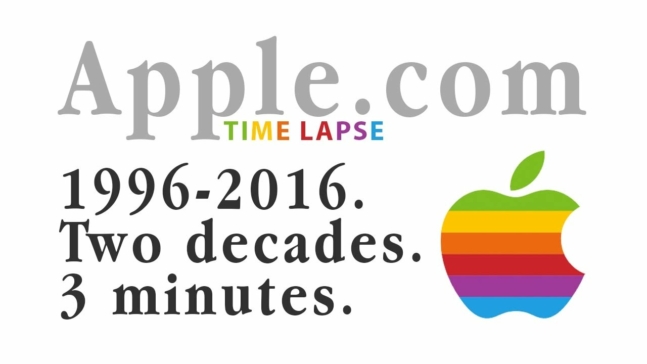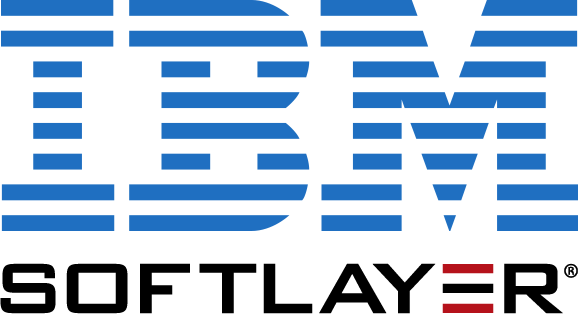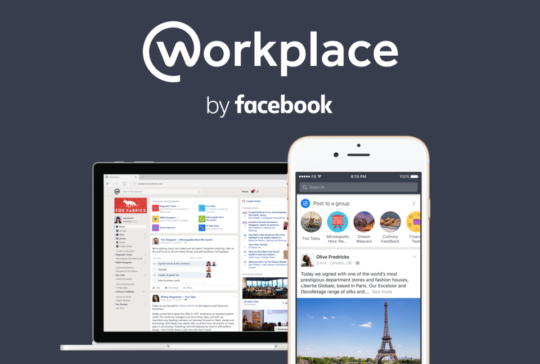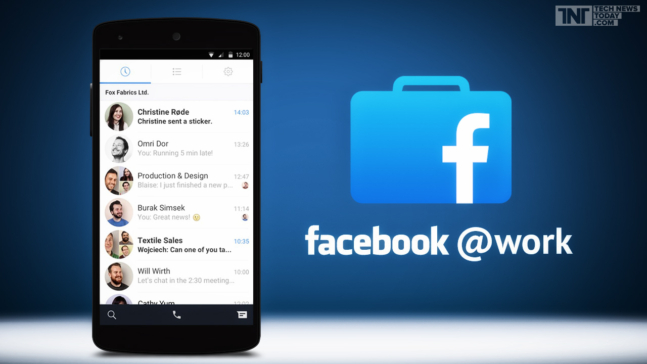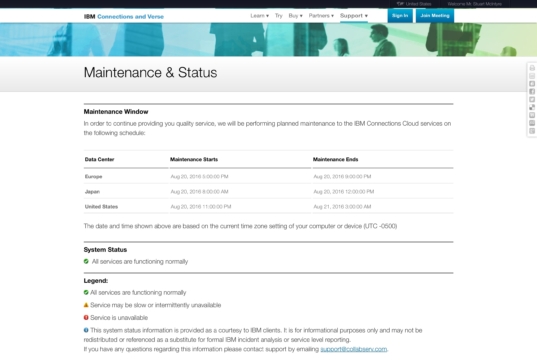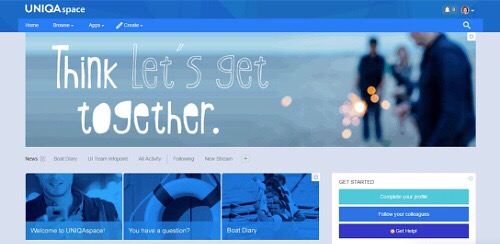Introducing Microsoft Surface Studio
Well this changes everything... http://www.youtube.com/watch?v=BzMLA8YIgG0 Stunning design, brilliant innovation (love the 'drafting table'-enabling hinges and dial), and truly pro-level performance. This or a 3-year-old Mac Pro? Not difficult to ...
Replay available for yesterday’s IBM Watson Workspace announcement
IBM yesterday announced the launch of Project Toscana as IBM Watson Workspace at the World of Watson event. Here’s the replay.
Apple.com 1996-2016
Timelapse of 20 years of Apple.com. From the launch of the site in 1996 (Powerbooks and Mac OS 8) through to the iPhone 7 of today.
IBM drops SoftLayer brand, moves cloud offerings to Bluemix
IBM Bluemix is integrating SoftLayer products and services into its vast catalog of infrastructure, platform, and application services. I take a look at what the impact might be?
The Jive ‘Power of Connection’ tour comes to London
Jive Software bring’s its ‘Power of Connection’ event world tour to London on 1st November, featuring some excellent UK-based customer speakers. Will you attend?
Kodak announces Ektra smartphone featuring 21 megapixel f/2.0 lens
The EKTRA Smartphone announced yesterday is named and modelled after one of Kodak’s classic rangefinders. From the back it resembles a standard point-and-shoot camera, with an oversized (for phone standards) f/2.0 lens protruding from a faux black leather surface. When it comes to specifications, it has a 21 megapixel fast focus sensor, with 6-axis optical image stabilisation and 4K video capture. The device also packs an ‘industry leading’ 13-megapixel front-facing camera with Phase Detection Auto Focus (PDAF) and /f2.2 aperture.
Using a password manager? Here’s how to delete all Google Chrome passwords
If you’re using a password manager like 1Password or LastPass then you’ll not want to keep your logins and passwords saved in your browser any longer, particularly if those passwords are owned and synced by Google).
Sonos launches new white SUB
It has been known that Sonos would finally be releasing the SUB in white since the summer, but the option has now been added to the online store
OverSight: a useful little privacy tool for Mac users
Since recent hacks concerning unauthorised recording of video/audio MacOS/OS X on Apple Macs, I found a handy tool called Oversight that notifies you when a process wants to use the camera or microphone
Introducing Workplace by Facebook
As promised, Facebook announced their business solution yesterday as ‘Workplace by Facebook’
Facebook at Work launches on October 10. How will it fare?
We've known that Facebook at Work was getting close to launch for a while now, with an increasing flow of information about trial customers and their experiences. However, it now seems as though we're in the final couple of weeks before the platform forma ...
How to get motivated – a guide for defeating procrastination
Fantastically useful poster-sized infographic to help you overcome slumps in productivity and to get motivated once more.
Apple to create stunning new HQ at Battersea Power Station
Apple is to create a spectacular new London headquarters at Battersea Power Station in a massive coup for the developers behind the £9 billion project.
BlackBerry to outsource development of smartphones, to focus on software
“The company plans to end all internal hardware development and will outsource that function to partners,” CEO John Chen said in a statement.
Did you know the origin of the brand ‘Slack’?
Can’t help wondering where they’d be if they’d stuck with ‘Linefeed’ as their product name?!
University of Zürich – Sharing knowledge for 175 years…
Interesting new IBM case study video profiling the University of Zürich’s use of IBM Connections
Giving the wrong impression
Like many long-time IBM Connections Cloud users, my muscle memory was to access the site via the lotuslive.com URL (the longest-lasting of the few brands that service has had over the years). Sadly IBM has now retired this, and so collabserv.com seems ...
Speaking at MWLUG 2016: The Anatomy of the Perfect Use Case
I always feel a frisson of excitement when arriving at an airport ready for an international flight, and the anticipation is even more evident when it's a long haul trip. And so it is today, sat in the BA lounge overlooking the tarmac of Heathrow's easter ...
A compelling new multinational insurance ESN case study
It's always good to read a successful customer reference story, particularly when the organisation's culture and productivity has truly been revolutionised by deploying a new internal community. This is definitely the case with this new case s ...
Document management in online communities
One of the key differentiators between the community solutions developed by Jive Software and those from IBM and Microsoft (talking Sharepoint rather than Yammer) is the relative lack of focus on the requirement for document management. That's not ...
The real reason for the forty-hour work week
The eight-hour workday developed during the industrial revolution in Britain in the 19th century, as a respite for factory workers who were being exploited with 14- or 16-hour workdays. As technologies and methods advanced, workers in all industries be ...
GoPro introduce new backpack and cycle mounts
I've been very pleasantly surprised at how often we've used the GoPro Hero cameras that we've owned for the past three years, and whilst we're not that active a family, there's barely a week that goes by without some opportunity for capturing footage - cy ...
18 tips for success
Don't do it if you don't enjoy it. Be visible - get out there and sell yourself. Choose your name wisely. You can't run a business without taking risks. The first impression is everything. So is the second. Perfection is unattainable. The ...



